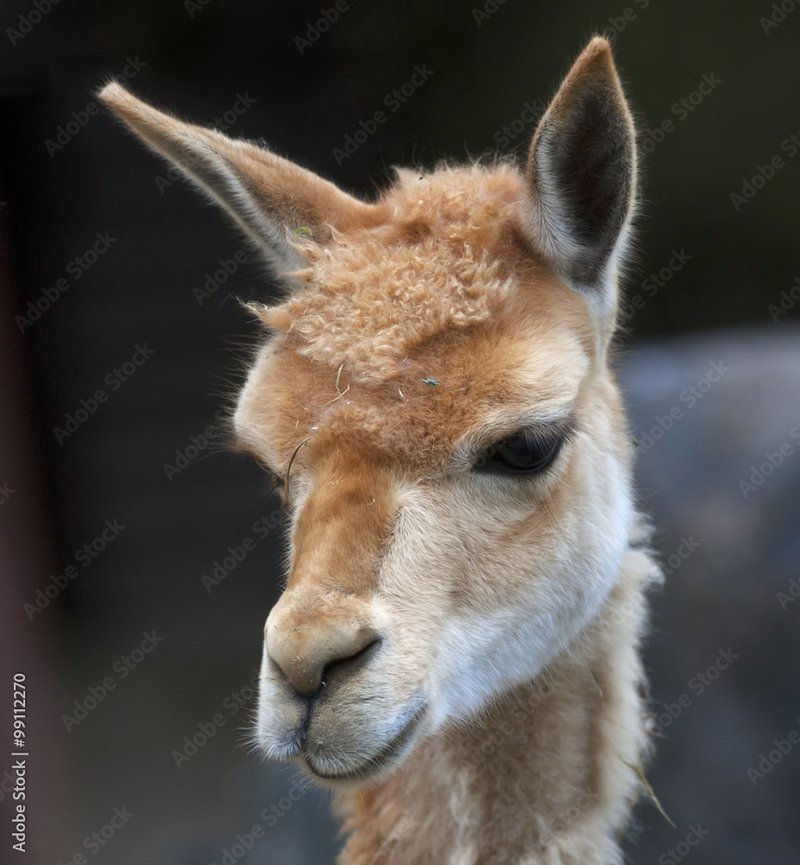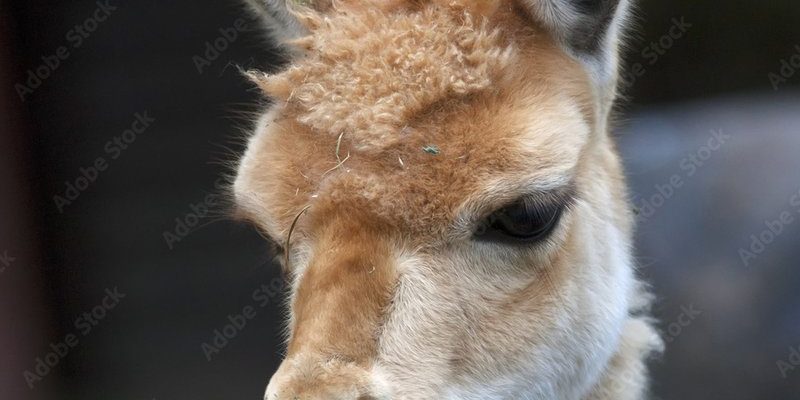
Understanding how smart a vicuna is involves looking at several aspects—how they communicate, navigate their environment, and solve problems. It’s like peeling back the layers of an onion; each layer brings us closer to the core of what makes these animals tick. You might even be surprised at how smart they really are!
Cognitive Abilities of Vicunas
Vicunas showcase a range of cognitive abilities that allow them to thrive in their challenging habitat. Their intelligence is not just about raw brainpower; it’s about how they apply what they know to survive. For starters, vicunas have excellent spatial awareness. They can navigate the rugged terrain of the Andes with remarkable precision. This skill helps them find food and evade predators, which is key to their survival.
Another fascinating aspect of vicuna intelligence is their problem-solving abilities. For example, when faced with obstacles, such as a steep incline or a fence, vicunas often exhibit creative thinking. They might take a moment to assess the situation before deciding on the best course of action. This sort of strategic thinking is rare in the animal kingdom and suggests a level of cognitive processing that many other animals may lack.
Lastly, social intelligence plays a crucial role in the lives of vicunas. They live in small groups, often led by a dominant male. These social dynamics require a deep understanding of relationships and the ability to communicate effectively with one another. In fact, vicunas employ a range of vocalizations and body language to convey messages about danger or food sources.
Communication Skills of Vicunas
When you think about intelligence, communication is a big part of the equation. Vicunas have a unique way of expressing themselves that highlights their cleverness. They use a combination of vocalizations and body language to communicate. You might be wondering, “How do they talk to each other?”
Vicunas make various sounds, from soft humming when they’re content to sharper calls when they sense danger. This vocal communication is essential for alerting other members of the group to potential threats. They also use specific postures and movements to convey different emotions or warnings. For instance, a vicuna might lower its head and fluff its fur to signal a state of alertness.
Strong social bonds in these animals also enhance their communication. When one vicuna spots danger, for example, it may raise its head high and emit a distinct sound that warns the entire group. This quick communication can mean the difference between life and death in the wild.
Learning and Memory
Learning and memory are key indicators of intelligence, and vicunas don’t disappoint in this area. These animals have a remarkable capacity for learning, especially when it comes to navigating their environment. They can remember specific locations of resources, like water sources or grazing areas, even after long periods of absence.
In studies, researchers have found that vicunas can adapt to changes in their environment. For example, if a new threat emerges or a food source becomes scarce, they can modify their behavior accordingly. This adaptability shows a level of cognitive flexibility that is impressive.
Moreover, vicunas are capable of imitation, a trait often associated with higher intelligence. They can learn behaviors by observing other members of their group. If one vicuna discovers a new feeding technique, others may quickly catch on, demonstrating their ability to learn from one another.
Survival Strategies
Survival strategies in the wild are often reflections of an animal’s cognitive abilities, and vicunas have developed several intriguing techniques. For starters, their grazing habits are quite clever. They move through the high-altitude grasslands, selectively eating the most nutritious plants while avoiding toxic ones. This selective grazing not only helps them maintain energy levels but also ensures they stay healthy.
Additionally, vicunas are known for their escape tactics. When threatened by predators, they often utilize their speed and agility to flee. But here’s the interesting part: they don’t just run in a straight line. Vicunas will often zigzag or change direction dramatically to throw off predators. This kind of strategic evasion requires quick thinking and excellent spatial reasoning.
Another survival strategy is their social structure. Vicunas often graze in family groups, which helps them keep a lookout for dangers. The dominant male will watch for threats while the females and young feed. This communal behavior showcases their understanding of teamwork and trust, which is a sign of advanced cognitive skills.
Comparison with Other Camelids
When exploring the intelligence of vicunas, it’s worth comparing them to their relatives like llamas and alpacas. While all camelids have impressive adaptations, vicunas often outperform them in certain cognitive areas. For instance, vicunas manage to thrive in harsher climates and are more adept at foraging for food in desolate areas. Their high-altitude lifestyle demands a certain level of cleverness that may exceed that of their domesticated cousins.
Llamas and alpacas, on the other hand, are known for their social behaviors but can sometimes be less cautious in unfamiliar situations. For instance, while a vicuna may analyze a new object before investigating, a llama might rush in without hesitation. This difference highlights how environmental pressures can shape intelligence and behavior.
Additionally, vicunas are often more skittish around humans compared to llamas, which have been bred and trained for companionship. This wariness is likely a survival instinct honed over generations, emphasizing the direct influence of their natural habitat on their intelligence.
Conservation Status and Intelligence
The intelligence of vicunas also plays a role in their conservation status. As they face threats from habitat loss and poaching, understanding their behavior and cognitive abilities can help in conservation efforts. For example, researchers studying vicuna groups observed that those with stronger social bonds tended to be more resilient in changing environments.
Conservationists are also leveraging vicunas’ smart decision-making skills in habitat management. By preserving ecosystems that allow vicunas to thrive, we not only protect the species but also enhance the biodiversity of the Andean regions.
However, there’s a challenge: as vicunas become rarer, their behavioral patterns can become harder to study, emphasizing the need for ongoing conservation efforts. Protecting them means we can continue to learn about their fascinating intelligence and behaviors.
So, how smart is a vicuna? Honestly, they’re smarter than many people realize. From their problem-solving skills to their remarkable social intelligence, these animals are a testament to the power of cognitive adaptation in challenging environments.
Understanding the intelligence of vicunas not only highlights their uniqueness but also stresses the importance of conserving their habitats. As we learn more about these beautiful creatures, we develop a deeper appreciation for the complexities of nature and the intelligence that exists all around us. Whether you’re an animal enthusiast or just curious, exploring the cognitive abilities of vicunas opens up a fascinating window into the wild.

